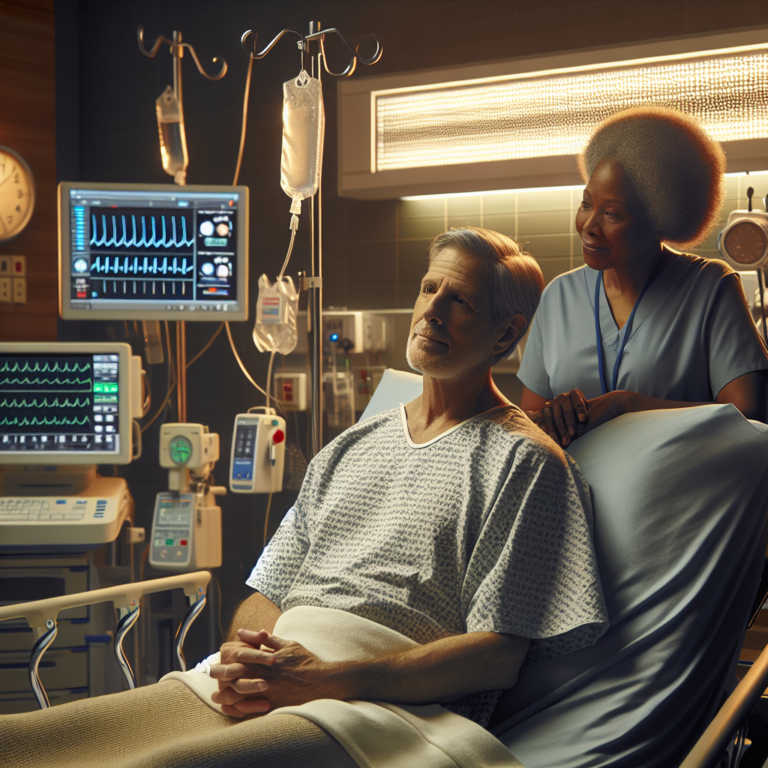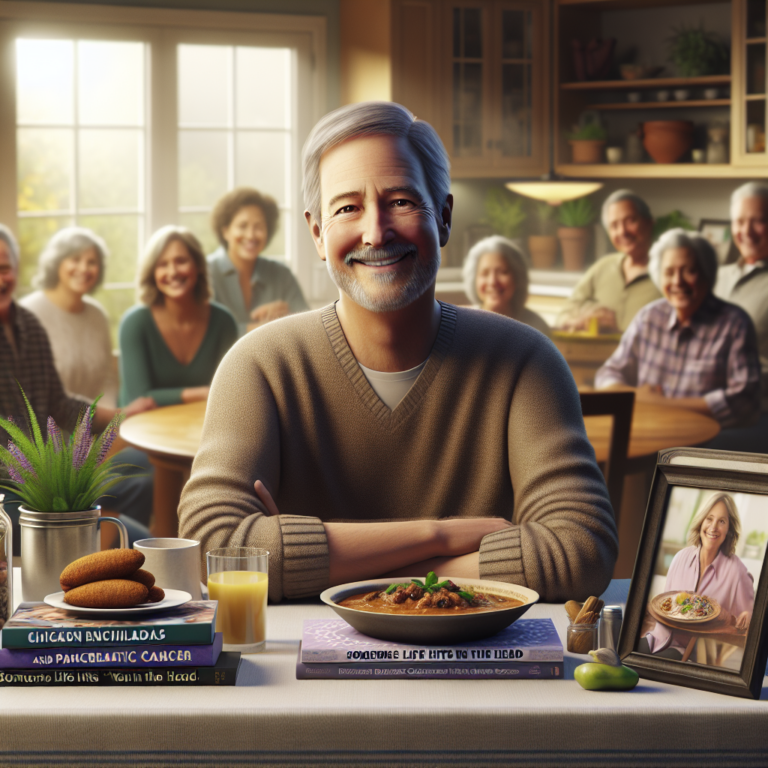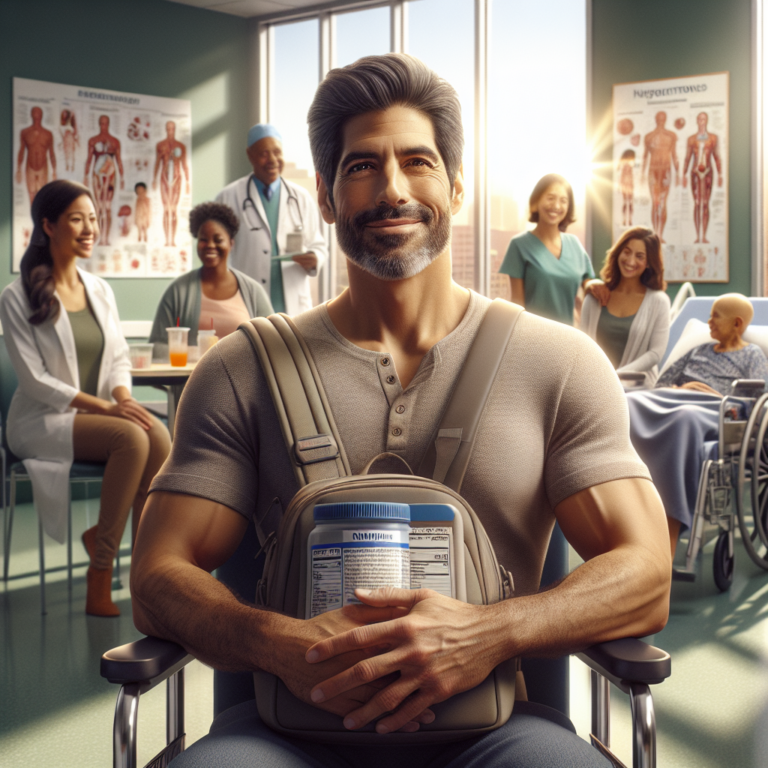Transformative Journey: My Inspiring Before and After Battle with Pancreatic Cancer

Receiving a cancer diagnosis can be a life-altering experience, one that many remember vividly—down to the exact date and time. For me, December 19, 2013, marked a turning point that I will never forget. What began as a mild sense of fatigue over Thanksgiving quickly escalated, leading to a shocking revelation that would change my life forever.
The Start of a Journey
In the weeks leading up to my diagnosis, I was busy with work and enjoying tennis and holiday festivities. However, by December 13, my wife noticed that my skin had taken on a yellowish hue, and my urine appeared darker than usual. Concerned, we sought medical advice on December 16. After a series of tests—including a liver function test, ultrasound, and CT scan—I found myself admitted to Reading Hospital on December 17. The doctor informed me that my pancreas was inflamed, and we needed further testing to determine the cause.
The following day was chaotic; I felt incredibly ill. On December 19, a close-up ultrasound revealed the grim truth: I had a tumor on my pancreas, likely pancreatic adenocarcinoma, classified as stage I with no signs of lymph node involvement. This was a devastating blow, and my life as I knew it would never be the same.
Understanding the Whipple Procedure
Given the diagnosis, doctors recommended a Whipple procedure—formally known as pancreaticoduodenectomy—the most effective surgical approach for pancreatic tumors. This complex surgery, with roots dating back to the 1930s, was initially known for its high mortality rates, but advancements in the procedure have significantly reduced risk.
Through extensive research, I discovered that the current mortality rate for this surgery is only 1 to 2 percent, primarily due to the contributions of experts like Dr. John Cameron at Johns Hopkins, who has performed nearly 2,000 Whipple procedures. For my surgery, I chose to consult Dr. John P. Hoffman, who had an impressive track record and had also operated on a close friend’s mother.
On December 31, 2013, I underwent the Whipple surgery successfully. However, the pathology report revealed more serious news: four out of fifteen lymph nodes tested positive for cancer, which upgraded my diagnosis to stage II, T3N1.
Exploring Clinical Trials
Initially, I anticipated a straightforward treatment plan following surgery. However, given the unexpected stage II diagnosis, Dr. Hoffman recommended exploring alternative treatment options. The standard post-surgical treatment involved radiation and gemcitabine chemotherapy, but with a five-year survival rate of only five percent, it was clear I needed a more aggressive approach.
After extensive research, I found the Johns Hopkins Pancreas Multidisciplinary Cancer Clinic, which was conducting a groundbreaking clinical trial aimed at early-stage pancreatic cancer. This trial employed an innovative treatment regimen, including FOLFIRINOX chemotherapy, stereotactic body radiation therapy (SBRT), and an experimental GVAX immunotherapy vaccine designed to enhance the immune response against pancreatic cancer cells.
Dr. Hoffman encouraged me to participate, stating, “If I were in your situation, I would quit my job and move to Baltimore for this treatment.” Within eight weeks of my diagnosis, I was officially enrolled in the trial, becoming the eighth patient in a small group of eighteen.
The Path Forward
The next eleven months were physically and emotionally taxing, but I emerged as the first patient to successfully complete the trial. Aside from a substantial scar on my abdomen and some neuropathy in my feet, I have returned to my normal life without significant residual effects. Thankfully, I do not face the digestive complications that many post-Whipple patients experience.
As of August 2018, almost five years post-surgery, I continue to receive semi-annual GVAX boosters, which are administered “until recurrence or death.” I remain hopeful, believing that I may have successfully fought back against this formidable disease, often referred to as “The Beast.”
For more insights into my journey and the complexities of battling pancreatic cancer, watch my story on “Don’t Sweat the Small Stuff.” Watch now.






